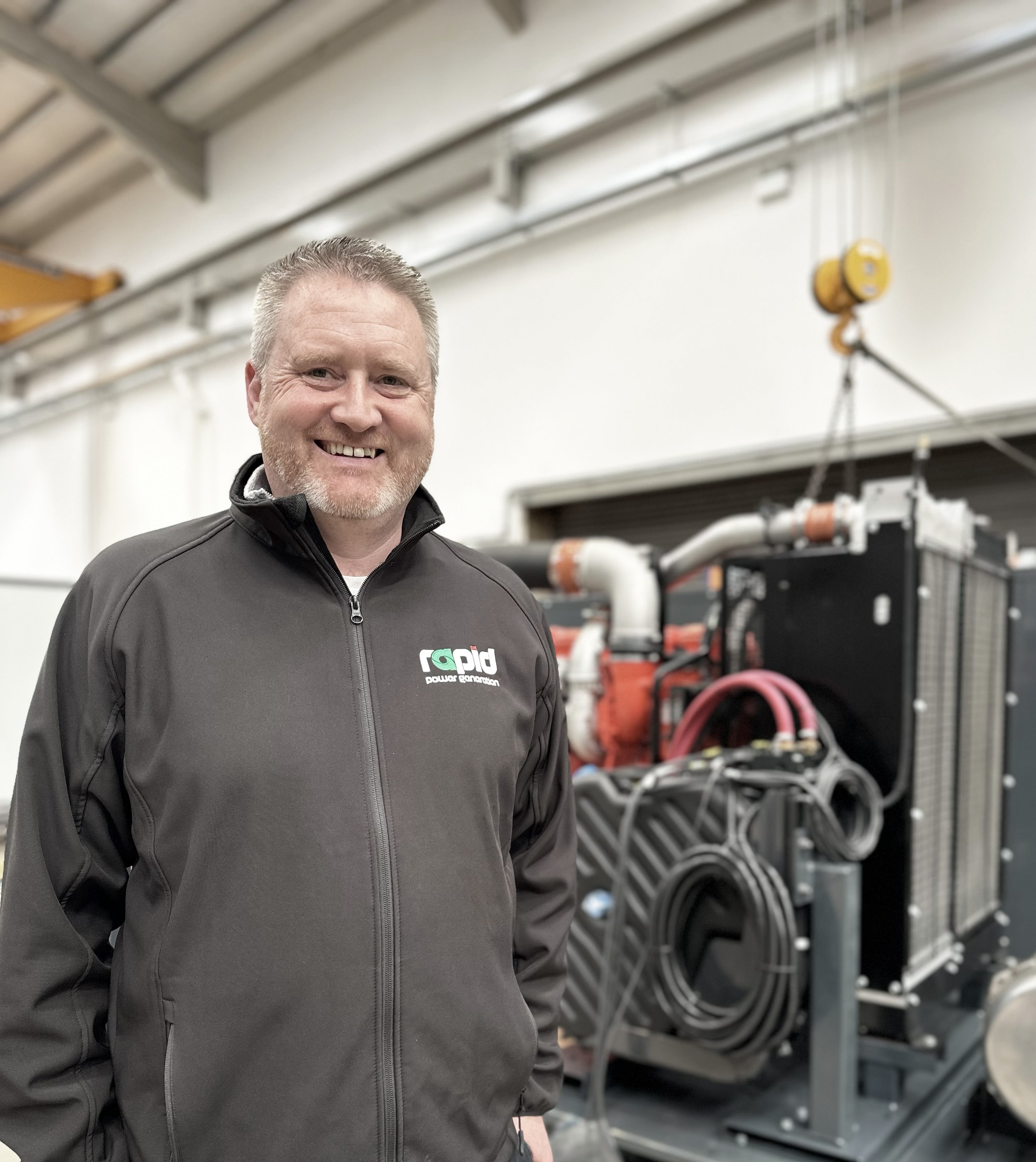How to Correctly Size a Diesel Generator.
When purchasing a generator for standby power, there can often be confusion around which brand is best, which fuel type to use and most importantly, which size is appropriate.
When it comes to sizing, it’s often best to contact an electrician or power expert (we’re always happy to help), to discuss your requirements. However, with some basic knowledge, it is possible to determine what size generator you may require.
Buying the largest generator possible might seem like a safe option, but it can lead to unnecessary expenses and inefficiencies. In this guide, we will walk you through the process of sizing a diesel generator correctly, ensuring it meets your power requirements with a safety margin for smooth operations.
Determine Power Requirements
The first step is to create a comprehensive list of all the equipment that needs to run on backup power, including machinery, essential devices, lighting, computers, and other appliances necessary for your operations. Next, note down the starting wattage and running wattage for each item. Most devices will have this information either on an information plate or in the user manual. If needed, manufacturers often provide this information online.
Ensure all values are in the same units, usually kilowatts (kW) or kilovolt-amperes (kVA). To convert Amperes (Amps) to Wattage, multiply the Amperage by the Voltage. For reactive loads, multiply Amps by Volts and then by the load factor to get the wattage. If this process is confusing, it is best to consult an electrician, or power expert.
Sum up the highest column of numbers, and you'll have your peak power consumption.
Choose a Generator with Extra Capacity
It’s important to select a diesel generator with a rating at least 20% higher than your peak power requirement. This margin future proofs required power, provides room for error and accounts for unexpected extra loads. Selecting a generator that’s too small for your requirements can result in damage to the appliances and devices pulling power from the generator and also harm to the generator itself.
Conversely, running a generator at its maximum capacity for extended periods can be detrimental to its efficiency and longevity.
Benefits of Slightly Oversizing the Generator
· Provides room for future expansion or additional power needs.
· Reduces maintenance and repair costs, extending the generator's lifespan.
· Improves fuel efficiency when running at its optimum load.
· Avoids shutdowns due to overloading during critical periods.
· Enhances safety for operators and maintenance personnel.
Sizing a diesel generator accurately is crucial for ensuring your business or organization can operate seamlessly during power outages. Following these steps and consulting with professionals when needed will help you choose the right generator size with a safety margin, offering numerous benefits for efficiency, longevity, and peace of mind.
For more information, get in touch with our team of power experts today, we’re happy to answer any questions you may have around generator sizing. Call us on +44 (0)28 38 840 671 or email us at contact@rapidpowergen.com.
Click/tap here to learn more about our range of diesel generators.


